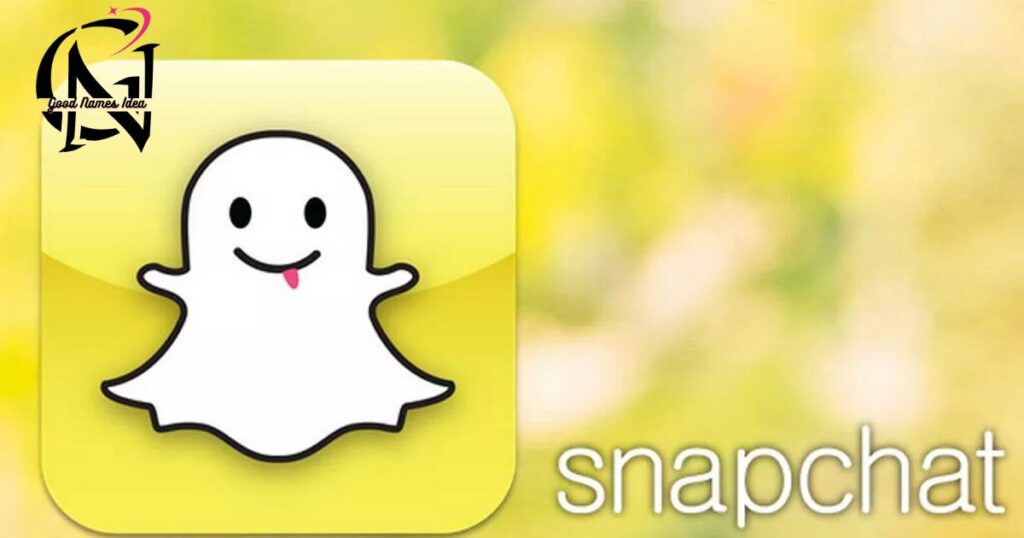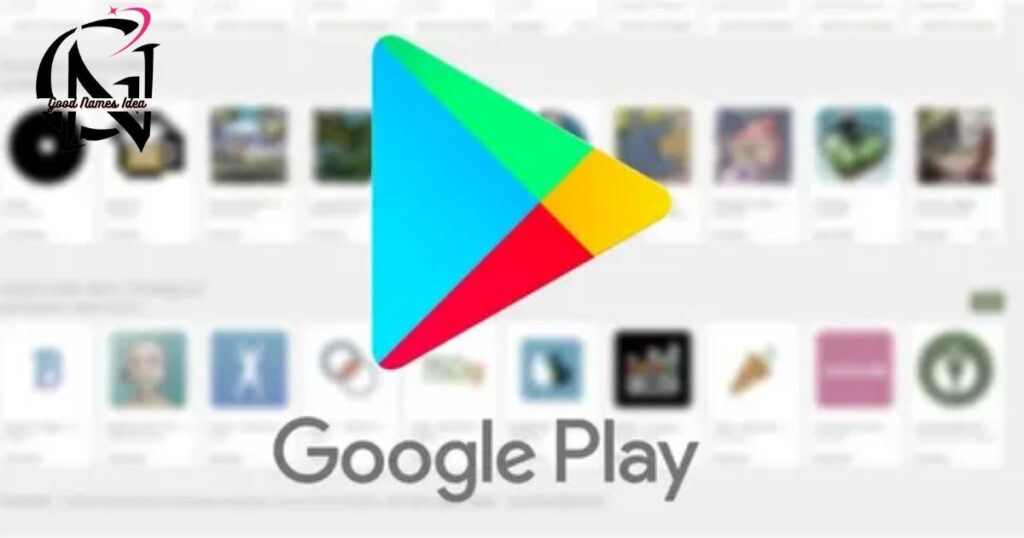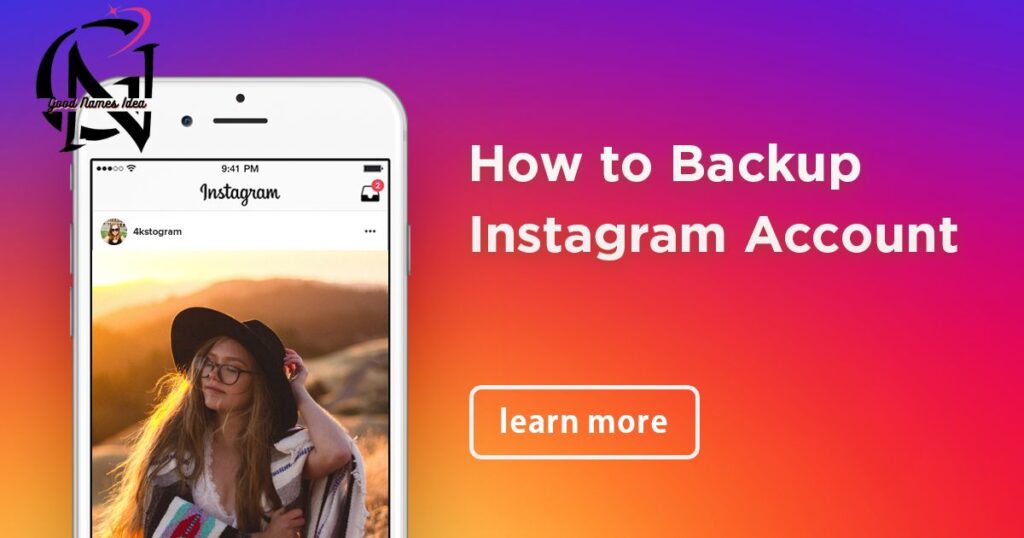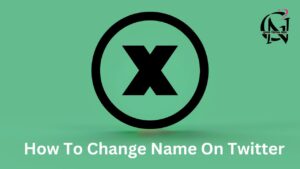Ever felt like you’re missing out on all the buzz happening on Facebook? Don’t worry , we’ve got you covered! how to download facebook and install app is a breeze, and I’m here to walk you through it step by step.
Picture this: you’re sipping your morning coffee, scrolling through your phone, and suddenly realize you can’t check what your friends are up to. Frustrating, right? Well, say goodbye to that FOMO because we’re about to change that.
Whether you’re rocking an iPhone or an Android device, getting Facebook on your smartphone is easier than pie. In just a few taps, you’ll be liking posts, sharing memes, and staying connected with your loved ones in no time.
Steps to Download and Install Facebook
Facebook’s mobile app reigns supreme, but did you know you can bring that same experience to your desktop? It’s a game-changer for multitaskers and those who prefer a larger screen. Plus, the desktop version often gets new features before they roll out to mobile.
To get started, head to the Microsoft Store on your Windows PC. Search for “Facebook” and click “Get” to download the official app. It’s a breeze to set up, and you’ll be scrolling through your feed in no time. Just remember, this isn’t the same as accessing Facebook through your browser – it’s a dedicated app that can offer a smoother experience.
Also Read How To Change Your Name On Facebook?
How to Download and Install Facebook on Windows?
Windows users, rejoice! The Facebook app for Windows 10 and 11 is more than just a glorified wrapper for the website. It integrates seamlessly with your operating system, allowing for desktop notifications and easy access from your Start menu or taskbar.
But here’s a pro tip: if you’re running an older version of Windows, you’re not out of luck. While the official app might not be available, you can create a shortcut to Facebook using your browser. Right-click on your desktop, select “New” and then “Shortcut.” Enter the Facebook URL, and voila! You’ve got quick access without the need for a full app install.
How do I find the latest version of the Facebook app and upgrade?
Keeping your Facebook app up to date ensures you’re getting the best experience and latest features. But did you know that different devices handle updates differently? For most smartphones, the app store (Google Play or Apple App Store) manages updates automatically. However, you can force an update by visiting the store and checking the Facebook app page.
Here’s a trick many users overlook: beta versions. Facebook often releases beta versions of its app to test new features. If you’re feeling adventurous, you can sign up for the beta program through your app store. This gives you a sneak peek at upcoming changes, but be warned – beta versions can be buggy!
Copy link
Ever wanted to share a specific Facebook post or page with someone? Copying the link is the way to go, but Facebook doesn’t always make it obvious. On the desktop, right-clicking on the post’s timestamp (usually something like “2 hours ago”) will give you the option to copy the link.
For mobile users, there’s a neat shortcut. Tap the three dots (…) on a post and look for the “Copy link” option. But here’s a pro tip: if you’re sharing a link to a private post or group, remember that the recipient needs the right permissions to view it. Always double-check your privacy settings before sharing!
Steps to Download and Install Facebook on Windows
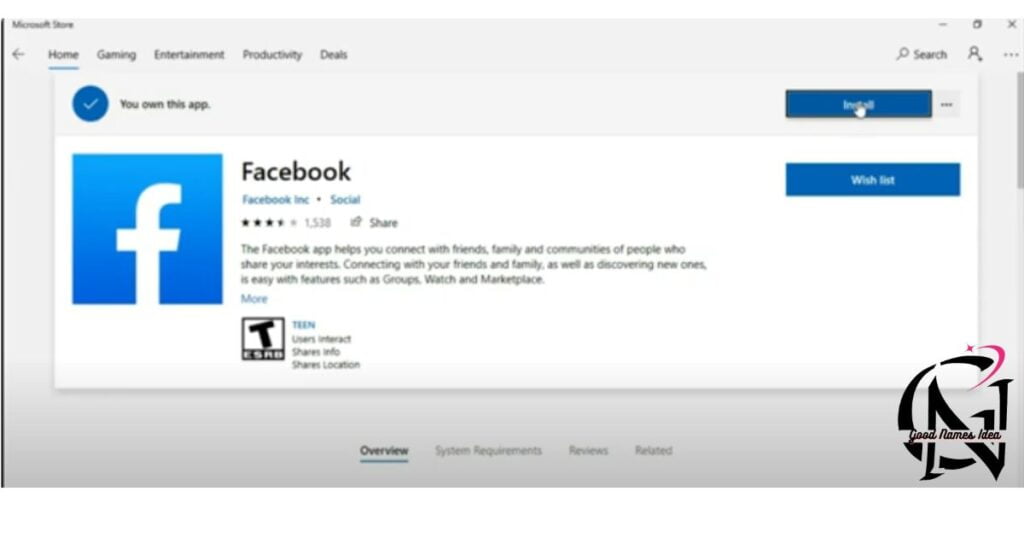
Once you’ve downloaded the Facebook app from the Microsoft Store, installation is a snap. The app will automatically install – no need to babysit the process. When it’s done, you’ll find the familiar blue “f” icon in your Start menu.
Here’s something cool: the Windows Facebook app lets you use Facebook Messenger without opening a separate app or browser tab. It’s all integrated, making it easier to chat with friends while you browse your feed. This feature alone can be a huge time-saver for heavy Facebook users.
How to download videos from Facebook on Desktop
Ever stumbled upon a video on Facebook that you just had to save? While Facebook doesn’t offer a direct “download” button, there are workarounds. One method involves using the browser’s developer tools to locate the video source and download it directly.
For a simpler approach, consider using a browser extension like “Video DownloadHelper.” These tools can detect video content on Facebook pages and offer one-click download options. Just be sure to respect copyright laws and only download videos you have permission to save.
How do I install Facebook on Android?
Ready to dive into the world of Facebook on your Android? It’s easier than pie! Just fire up your Google Play Store and type “Facebook” in the search bar. Look for the official app with that iconic blue “f” logo – it’s usually right at the top. Tap “Install,” and your phone will do the heavy lifting. Before you know it, you’ll be scrolling through your feed and catching up with friends.
There’s more! If you’re low on storage or data, Facebook’s got you covered. They offer a lightweight version called “Facebook Lite.” It’s perfect for older phones or slower connections. You’ll find it in the Play Store too, and it installs even faster than its big brother. Don’t worry, you’re not missing out – it still packs all the core features you love.
Now, here’s a pro tip many folks miss: you can install Facebook directly from your browser. Just open up Chrome or your preferred browser and head to facebook.com. You’ll see a prompt to add Facebook to your home screen. It’s not the full app, but it’s a great alternative if you’re in a pinch or prefer to keep things simple. Plus, it won’t take up as much space on your device. Talk about a win-win!
How do I turn automatic app updates on or off for Facebook for Android?
Ever wondered why your Facebook app sometimes changes overnight? It’s all about automatic updates. On Android, you can control this nifty feature right from the Google Play Store. Just tap your profile icon, hit “Settings,” then “Network preferences,” and you’ll find the “Auto-update apps” option. It’s like having a personal app manager working behind the scenes!
But here’s the kicker – you can set this for Facebook specifically too. Long-press the Facebook app icon on your home screen, tap the info button (usually an “i” in a circle), and look for “App details” in the store. From there, tap the three dots in the top right and you’ll see an option to enable or disable auto-updates just for Facebook. It’s perfect for those who want the latest features ASAP or prefer to update manually to save data.
Also Read What is Finance: A Detailed Guide
I’m having trouble with the Facebook for Android app.
Is your Facebook app acting up? You’re not alone! Android users often face quirks like slow loading, random crashes, or missing features. Before you throw your phone across the room, try this: clear the app’s cache and data. It’s like giving your app a clean slate without the nuclear option of uninstalling. Head to your phone’s Settings, find the Apps section, locate Facebook, and tap on “Storage.” You’ll see options to clear cache and data.
If that doesn’t do the trick, check if your phone’s software is up to date. Outdated Android versions can clash with newer app updates, causing all sorts of headaches. And here’s a lesser-known tip: sometimes, your phone’s power-saving mode can throttle background processes, making Facebook sluggish. Try disabling it temporarily and see if that speeds things up. Remember, a smooth-running Facebook app means more time for scrolling and less time troubleshooting!
How to download videos from Facebook
If you’re on mobile and want to save Facebook videos, you’ve got options. Android users can try apps like “Video Downloader for Facebook,” while iOS users might explore shortcuts in the Shortcuts app to create a custom download solution.
Here’s a lesser-known trick: some Facebook videos can be downloaded by adding “mbasic” before “facebook” in the URL. This loads the mobile basic version of the site, which sometimes allows for easier video downloading. It’s not foolproof, but it’s worth a shot before turning to third-party tools.
SnapSave.App – Best Facebook Video Downloader
SnapSave.App stands out in the crowded field of Facebook video downloaders. What sets it apart? It’s web-based, meaning no app installations or browser extensions are necessary. This reduces security risks and makes it accessible across devices.
One of SnapSave.Apps coolest features is its ability to download Facebook Live videos. Most downloaders can’t handle live content, but SnapSave.App lets you grab those fleeting moments for posterity. Just remember to respect the privacy of others when using such tools.
Why you should use Fb downloader SnapSave
SnapSave isn’t just about convenience – it’s about quality too. Unlike some downloaders that compress videos, SnapSave strives to maintain the original quality of Facebook videos. This is crucial if you’re downloading content for professional use or want to preserve high-resolution memories.
But here’s the kicker: SnapSave also supports batch downloading. Found a Facebook page full of videos you want to save? SnapSave can handle multiple downloads simultaneously, saving you time and effort. Just be mindful of your data usage if you’re not on an unlimited plan!
FAQ’s
How do I install the new Facebook app download?
Visit your app store Google Play Store or Apple App Store search Facebook then tap Install or Get.
How do I update and refresh my Facebook?
Go to your app store search for Facebook and if an update is available tap Update.
How do I check if I have the latest version of Facebook?
Open your app store search Facebook and if it says Open instead of Update you have the latest version.
How do I get the current update on Facebook?
Open your app store search for Facebook and tap Update if an update is available
Where is the Facebook update?
Facebook updates are found in your app store under the Facebook app listing where you will see the Update button.
Conclusion
Downloading and installing Facebook is a simple process So, I hope you will understand how to download facebook and install. It involves visiting your device’s app store, searching for Facebook, and tapping Install.
Once installed, the app automatically updates if you enable auto-updates. Manual updates can be done by revisiting the app store and checking for available updates.
